Following on from our recent blog on the effects of global warming on coral bleaching, there has been an exciting new discovery into just how some species of coral show enhanced resistance to thermal stress.
It is important to understand that coral species, and indeed populations, are not all equally susceptible to thermal stress. Until this week however, the underlying mechanisms governing this variation was poorly understood.
According to new research, heat resistant corals have prepared for thermal extremes by activating a collection of 60 genes which convey heat resistant properties to their host.
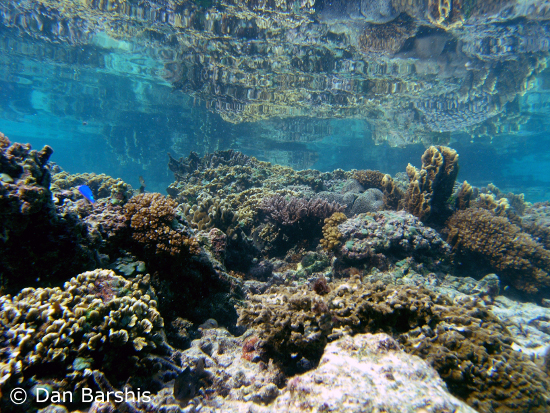
These findings, which have a number of implications for future coral research, were made by studying populations of the coral species Acropora hyacinthus residing in a segregated reef environment in American Samoa. Here, a number of isolated pools are known to differentially exhibit high natural variation in conditions such as temperature, pH and oxygen availability.
Through analysing the genes of various populations within these pools the authors found that corals residing in pools with extreme temperature variation exhibited a greater resistance to thermal stress.
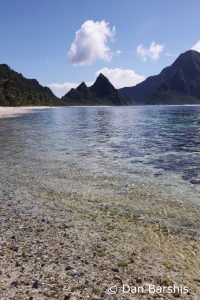
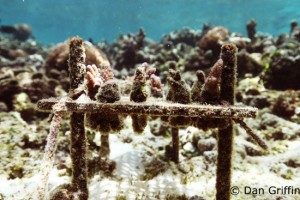
This is perhaps not surprising. Throughout animals, plants and fungi it is well documented that exposure to mild stress allows a species to increases its tolerance of that stress in the future.
Nonetheless, the identification of some 60 genes that have a higher level of expression in heat tolerant corals is significant. It means that scientists can begin to search for these genes in other coral populations and thus more accurately predict future bleaching scenarios worldwide.
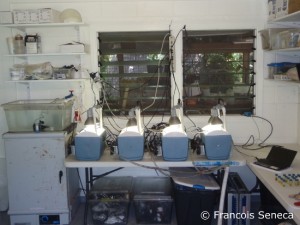
The genes identified through this study are known to code for, amongst other things, heat shock proteins and enzymes that can counteract the lethal toxins produced during coral bleaching.
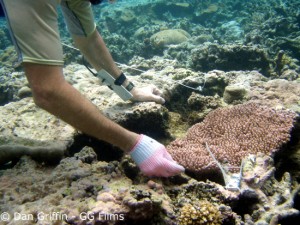
Such toxins are primarily produced by the symbiotic algae living within the reef building coral. Under high temperatures the algae become damaged and as a result they begin to produce high levels of reactive oxidants, compounds which are particularly harmful to their coral host.
Oxidants trigger chemical processes within corals which lead to cell death in susceptible populations. This, in turn, leads to algae expulsion and bleaching. Problematically, even after the alga is expelled enough damage may have been done for the coral to start producing its own reactive oxidants. These, in turn, will cause additional tissue damage and death.
Interestingly, the stress response that makes certain corals resistant to bleaching is present in all coral species. This means that all corals have the genes required to confer heat resistance and furthermore they all have the potential to activate them. The problem is that this activation takes time, and during this time, unprepared corals often die.
In comparison, bleaching resistant corals have these genes permanently activated. This is advantageous as activated genes can rapidly trigger the creation of resistance conferring compounds, thus preventing the onset of thermal stress and cell death in the first place.
Following this exciting study, further research is needed to identify specific genes involved in heat resistance. Such data will provide scientists with greater predictive power over future trends in coral biogeography, and also the ability to predict potentially catastrophic bleaching events in reefs worldwide.
With these tools scientists may be able to plan mitigation strategies or emergency procedures to protect or temporarily relocate the rarest and most vulnerable species.
What seems clear at present is that rising ocean temperatures will impose a selective pressure not only in favour of thermally resistant corals, but also thermally resistant algal symbionts. Both need to adapt to survive in our ever warming oceans.